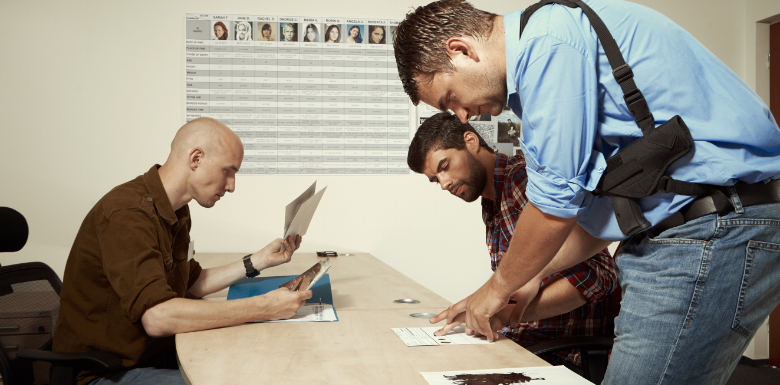

A record of an act, event, condition, opinion, or diagnosis if: (6) Records of a Regularly Conducted Activity. If admitted, the record may be read into evidence but may be received as an exhibit only if offered by an adverse party. (C) accurately reflects the witness’s knowledge. (B) was made or adopted by the witness when the matter was fresh in the witness’s memory and (A) is on a matter the witness once knew about but now cannot recall well enough to testify fully and accurately (B) describes medical history past or present symptoms or sensations their inception or their general cause. (A) is made for - and is reasonably pertinent to - medical diagnosis or treatment and (4) Statement Made for Medical Diagnosis or Treatment. A statement of the declarant’s then-existing state of mind (such as motive, intent, or plan) or emotional, sensory, or physical condition (such as mental feeling, pain, or bodily health), but not including a statement of memory or belief to prove the fact remembered or believed unless it relates to the validity or terms of the declarant’s will. (3) Then-Existing Mental, Emotional, or Physical Condition. A statement relating to a startling event or condition, made while the declarant was under the stress of excitement that it caused. A statement describing or explaining an event or condition, made while or immediately after the declarant perceived it. The following are not excluded by the rule against hearsay, regardless of whether the declarant is available as a witness:


 0 kommentar(er)
0 kommentar(er)
